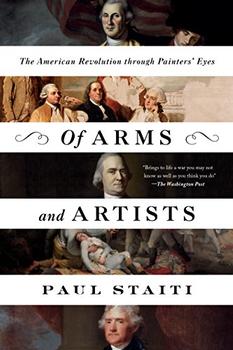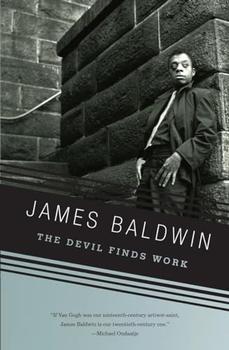Summary | Excerpt | Reviews | Beyond the book | Read-Alikes | Genres & Themes | Author Bio

A 19th Century Bookseller's Obsession with a Lost Masterpiece
by Laura CummingFrom one of the world's most expert art critics, the incredible true story - part art history and part mystery - of a Velázquez portrait that went missing and the obsessed nineteenth-century bookseller determined to prove he had found it.
When John Snare, a nineteenth-century provincial bookseller, traveled to a liquidation auction, he stumbled on a vivid portrait of King Charles I that defied any explanation. The Charles of the painting was young - too young to be king - and yet also too young to be painted by the Flemish painter to which the work was attributed. Snare had found something incredible - but what?
His research brought him to Diego Velázquez, whose long-lost portrait of Prince Charles has eluded art experts for generations. Velazquez (1599–1660) was the official painter of the Madrid court, during the time the Spanish Empire teetered on the edge of collapse. When Prince Charles of England - a man wealthy enough to help turn Spain's fortunes - ventured to the court to propose a marriage with a Spanish princess, he allowed just a few hours to sit for his portrait. Snare believed only Velázquez could have met this challenge. But in making his theory public, Snare was ostracized, victim to aristocrats and critics who accused him of fraud, and forced to choose, like Velázquez himself, between art and family.
A thrilling investigation into the complex meaning of authenticity and the unshakable determination that drives both artists and collectors of their work, The Vanishing Velázquez travels from extravagant Spanish courts in the 1700s to the gritty courtrooms and auction houses of nineteenth-century London and New York. But it is above all a tale of mystery and detection, of tragic mishaps and mistaken identities, of class, politics, snobbery, crime, and almost farcical accident. It is a magnificently crafted page-turner, a testimony to how and why great works of art can affect us to the point of obsession.
Cumming writes an absorbing, quick-paced book that many non-fiction readers will enjoy. One needn't be an art aficionado to appreciate it. I found it similar to Erik Larson's The Devil in the White City from the standpoint that the author transforms a little-known subject into one that is endlessly entertaining...continued
Full Review
(875 words)
This review is available to non-members for a limited time. For full access,
become a member today.
(Reviewed by Kim Kovacs).
Diego Velázquez (1599 - 1660) was a painter in the court of Spain's Philip IV during the Spanish Golden Age (Siglo de Oro), a period influenced by the Italian Renaissance, during which the arts flourished throughout the country. The exact dates of the Spanish Golden Age vary by commentator, but it began no earlier than 1492 with Columbus's discovery of the New World, and ended no later than 1681 with the death of author Pedro Calderon de la Barca. The movement encompassed literature, including poetry, plays and novels, music, sculpture, painting and architecture.
Some of Velázquez's contemporaries who were active during the time are:
El Greco (1541 – 1614)
 El Greco means "The Greek" in Spanish, reflecting his ...
El Greco means "The Greek" in Spanish, reflecting his ...
This "beyond the book" feature is available to non-members for a limited time. Join today for full access.

If you liked The Vanishing Velazquez, try these:

by Jonathan Santlofer
Published 2021
A gripping novel exploring the Mona Lisa's very real theft in 1911 and the present underbelly of the art world, The Last Mona Lisa is a suspenseful tale, tapping into our universal fascination with da Vinci's enigma, why people are driven to possess certain works of art, and our fascination with the authentic and the fake.

by Paul Staiti
Published 2017
A fascinating look at how the art world viewed the American Revolution, and how their work still effects the way we view those events today.



There is no such thing as a moral or immoral book. Books are either well written or badly written. That is all.
Click Here to find out who said this, as well as discovering other famous literary quotes!